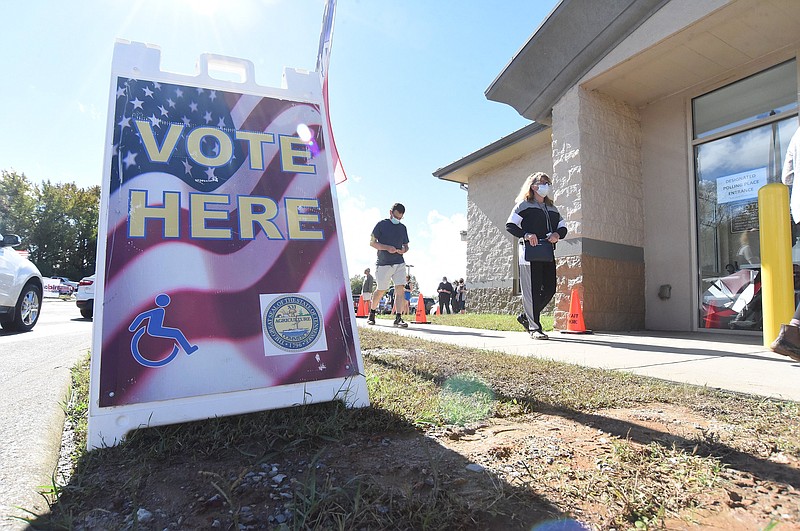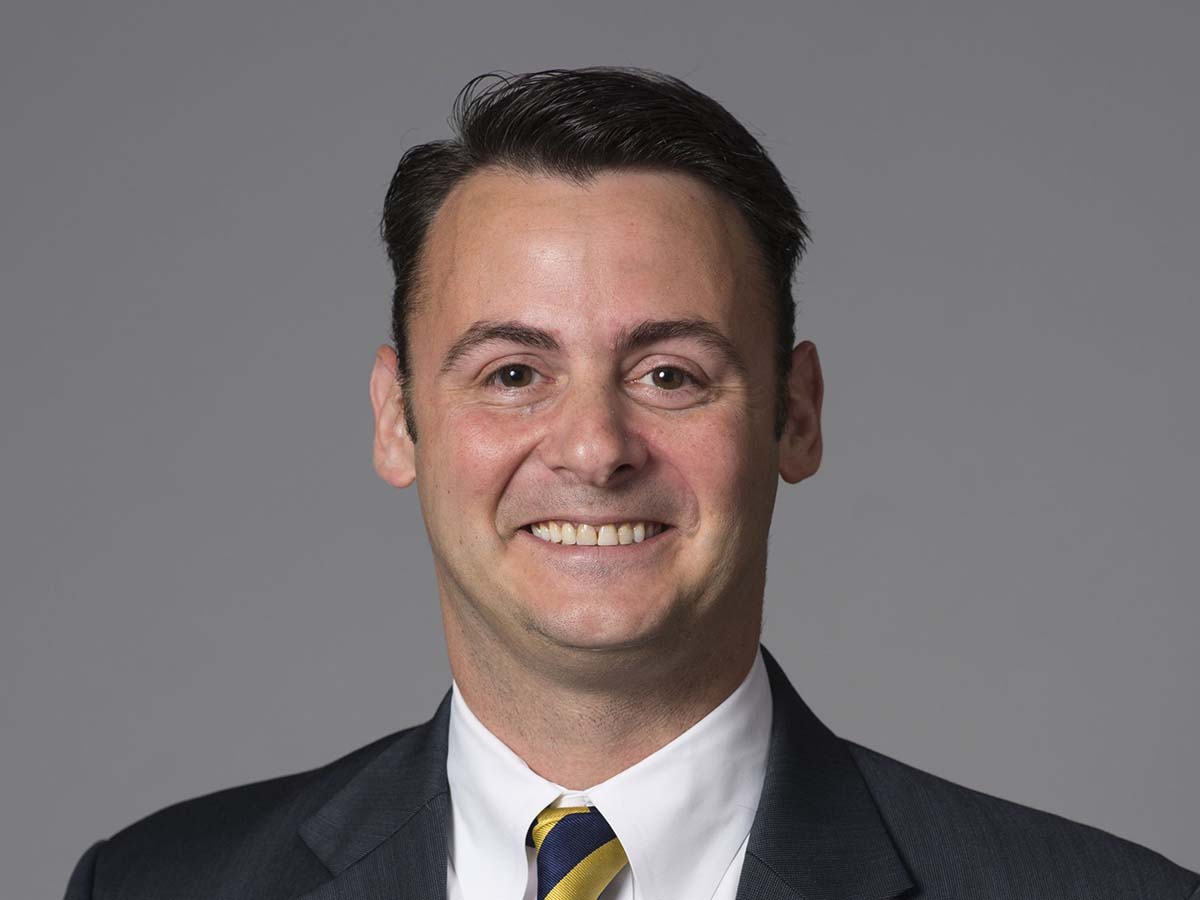YES: Pollsters have lost credibility and public trust
By Inez Stepman
Americans no longer have faith in most of their traditional institutions, from media to universities, and after the recent presidential election, it's clear that the latest once-trusted profession to join the ash heap is polling.
The polling errors this cycle are actually being underplayed in many outlets, where the RealClearPolitics average, which included Republican-leaning polls, is being used as the official number. That's despite some pollsters critiquing RCP for even including polls such as Trafalgar and Susquehanna - which, by the way, ended up being much closer to the outcome of the election than the big legacy polling operations - saying the average was no longer trustworthy.
The failures of the polling industry are obvious to anyone who was watching coverage of the presidential race throughout September and October, but some of the most baffling disasters are worth cataloging. Quinnipiac was off by nine points in Florida. At one point, CNN/SSRS poll had President Donald Trump down by 16 points overall. Going into the election, ABC News/Washington Post poll alleged that Vice President Joe Biden was up by 17 points in Michigan, where the final margin is under 3 percentage points. These errors weren't just outside the margin; polls predicted the biggest landslide since Ronald Reagan, and instead America got a down-to-the-wire nailbiter.
As is the case with so many institutions, a lot of the errors can be chalked up to a political monoculture that quickly hardens biased assumptions into groupthink. Independent pollsters describe being afraid of professional mockery from the big names in the industry as part of what makes it hard to break from consensus. Just one day before the election, The Washington Post ran a column by a Democratic pollster mocking the idea that the "shy Trump voter" might exist.
After a brief dalliance with self-reflection about how they missed the biggest political earthquake since the Cold War, the media launched right into two narratives - first Russian collusion, then that 63 million Americans were irredeemably racist- that conveniently absolved them of the need to understand why Trump won in 2016. It allowed pollsters, who are steeped in the media world around them, to see 2016 as an anomaly, instead of recognizing that their profession depends on predicting the electorate, and having a little humbleness about their ability to do so in what is clearly an era of political realignment.
The GOP coalition that emerges from the 2020 election includes both more working class and more ethnically diverse voices. The Democratic coalition now includes the power of woke big business that had previously split their leverage between the parties or leaned Republican. These realigning voter groups will redraw the political map, putting new states in the tossup column and solidifying previous swing states for one party or the other.
The "shy Trump voter" effect is real, and compounded by the fact that pollsters have long since lost the trust of rural and working-class Americans. Pollsters will have to rebuild that rightfully lost trust if they're going to save their industry. If they are to remain at all useful to the discussion next election, pollsters have to realize that in this new era, they have a lot more to learn about the American people whose behavior they're trying to predict.
And to do that, they'll need more than a little dose of humility.
Inez Stepman is a senior policy analyst at Independent Women's Voice. She wrote this for InsideSources.com.
Tribune Content Agency
NO: Pre-election polls aren't precise predictors, and that's OK
By Spencer Kimball
Conducting survey research is of paramount importance for a variety of purposes, ranging from supplementing the U.S. census to better understanding public opinion and consumer interests on a variety of topics. Pre-election polls are a subset of survey research that provide an opportunity to test new and old survey methodologies against real-world results, with the goal to improve and advance the methods used to understand public sentiment.
At times, polling innovations in survey research lead to new forms of data collection, for example, the inclusion of random samples in 1936, or the transition from conducting face-to-face interviews to telephone interviews in the 1960s and 1970s. The advancement and continuous evolution in communication technology provides survey researchers with new opportunities for collecting data, including cellphone and online sampling. However, the validity and reliability of newer methods remain in question, as they require more time and opportunities to be tested as were traditional forms of data collection.
In response to the recent election backlash, pre-election polls should never be viewed as precise predictions, but as instruments that provide a range in which to interpret the data. For example, a national poll that projects Joe Biden leading Donald Trump 51% to 47% may have a 3% margin of error. This means that Biden's expected vote could range between 48% and 54%, while Trump's share of the vote could range between 44% and 50%. Therefore, Trump could theoretically win by as many as 2 percentage points, and the poll would have performed as expected, within the margin of error.
However, the public's expectation would likely conclude this as a polling error, and subsequently would claim such findings as a failure of the pollster or polling industry. Herein lies the disconnect between the media and public's expectations of polling versus the reality of what can be extrapolated from the data.
As pollsters, our goal is for 95% of pre-election polls, like surveys, to fall within the margin of error of each poll. However, we recognize that pre-election polls can be rife with potential errors unique and uncharacteristic of traditional survey research.
For example, an essential first step in the pre-election polling process is determining who are most apt to vote in an election. In 2020, this issue was compounded by attempting to figure out who planned to vote early, or by absentee. The early voters appeared to be breaking heavily for Biden, while Election Day voters tended to be heavy supporters of Trump. In addition, a record turnout was expected, but the magnitude of just how many people would vote was unknown, all of this in stark contrast to surveys in which the population remains fairly static. This unique dilemma resulted in pollsters attempting to calculate what percent of the turnout would vote early, and what percent of the vote would be on Election Day. A miscalculation of this pertinent data would significantly throw off the validity of the poll.
While polls overall missed the mark this season of achieving a 95% confidence level, the general trends projected in the presidential race were consistent with the final results. It is within this context, and the rich data we now have on polls that missed the mark, that our quest continues to refine and perfect the polling process.
At Emerson College, we are not content to just follow the science but committed to always pushing and testing new modes and methods that will advance our ability to assess public opinion, and thereby enhance trust and credibility in public polling.
As we move on to the next election it would be wise not to throw the baby out with the bathwater, but to think of pre-election polls within the context of the proverb that close only counts in horseshoes, hand grenades and polling.
Spencer Kimball is director of Emerson College Polling in Boston and assistant professor of political communication. He wrote this for InsideSources.com.
Tribune Content Agency


